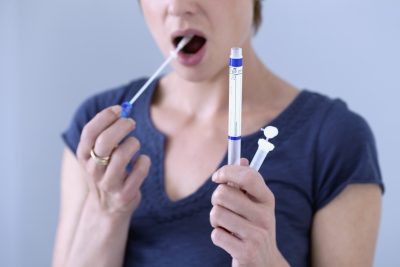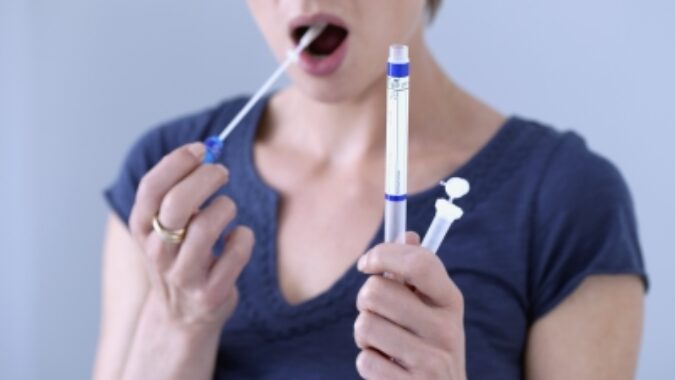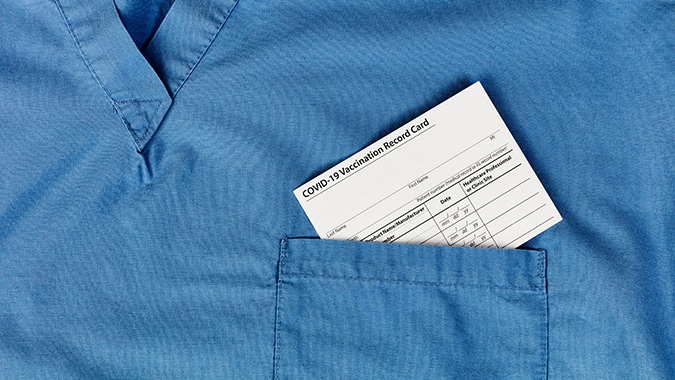 The COVID-19 pandemic and the shift to a remote workforce in many industries have ushered in numerous HR changes, such as video job interviews, online meetings and even remote drug-testing.
The COVID-19 pandemic and the shift to a remote workforce in many industries have ushered in numerous HR changes, such as video job interviews, online meetings and even remote drug-testing.
Employee drug use was a growing concern even before the pandemic hit, according to HR DIVE. A 2019 analysis by Quest Diagnostics found that positive drug tests reached a 14-year high in the United States during the prior year. And the American Medical Association says that employees have been self-reporting an increased use of alcohol during the pandemic.
Littler Mendelson attorney Nancy Delogu, who is a leading authority on federal and state drug-free workplace and drug-testing issues, told HR DIVE many employers had postponed drug testing during the early months of the pandemic to avoid sending employees to lab testing centers. However, now more are opting for “creative approaches,” such as point-of-collection tests performed directly by employers.
“What’s really surging is the use of oral fluids tests, which is kind of like a DNA test with a sponge and swab stick,” Delogu told HR Dive. “Some of those tests go off to the lab … and others give an instant result.”
A mouth swab drug test is easier to administer and less invasive than traditional urine testing. Delogu said some employers with mostly remote workforces even mail the tests directly to applicants and use video calls to directly observe employees online taking the tests.
A mouth swab test can detect methamphetamine, marijuana, cocaine, heroin and other opiates, benzodiazepines, alcohol and more. Generally, mouth swab tests detect drugs in a person’s system sooner than urine tests, but urine tests can detect substances for a slightly longer timeframe.
Whether an employer uses drug tests to screen job applicants, maintain a drug-free workplace or to determine who is at fault in a workplace accident, drug-testing policies should be clearly spelled out in employee handbooks.

